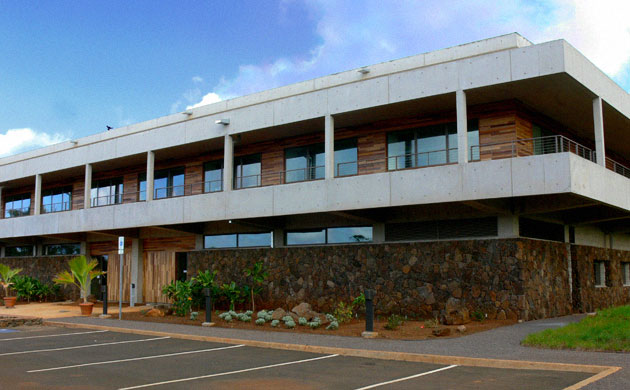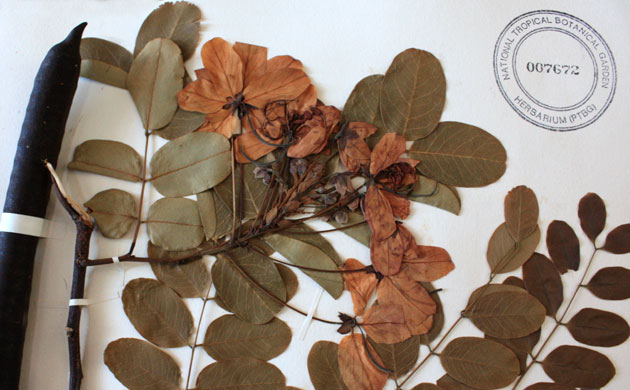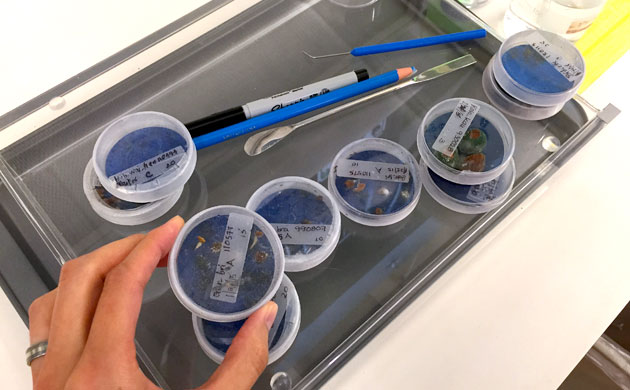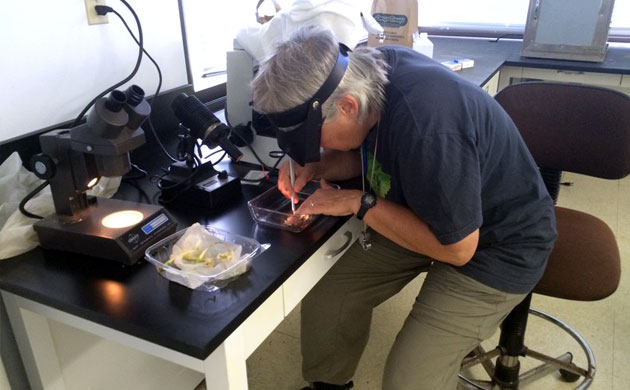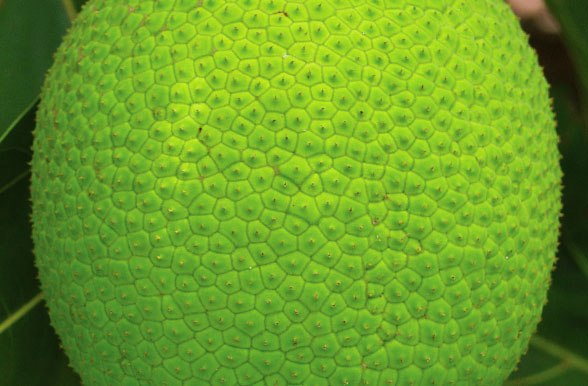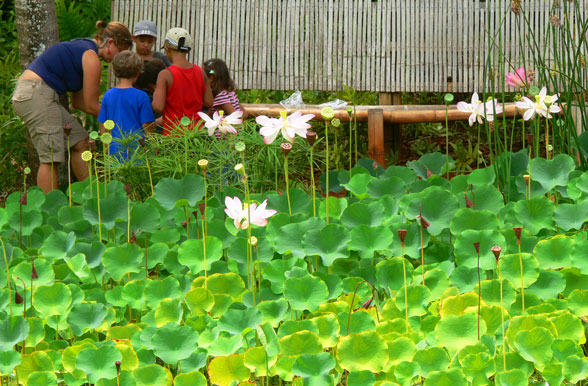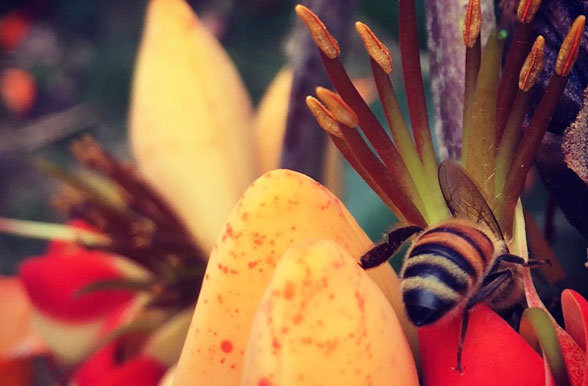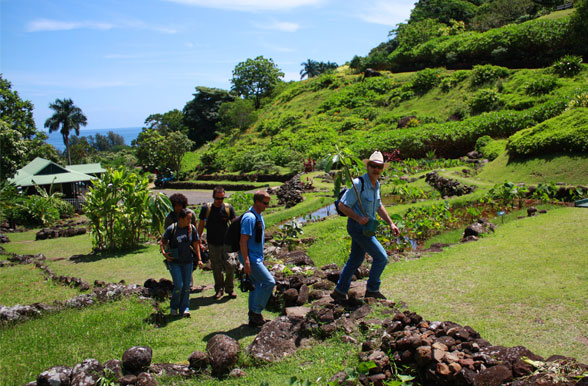Library
The library collection at NTBG houses more than 20,000 books, journals, botanical prints, and archival materials. The focus is on published literature relating to systematic botany, ethnobotany and horticulture, as well as ethnographic works related to Pacific island archipelagos from the 16th century onward.
Original botanical art, including that prepared for use in the NTBG’s scientific publications, illuminates and augments the botanical record and the holdings of the library. Slide and photographic print collections include roughly 8,000 historical images and 16,000 images of Hawaiian and Pacific island plants and people.
The library holdings also include the Loy McCandless Marks Botanical Library. This collection includes rare volumes of herbals, botanical history, voyages of discovery, floras, and monographs. It is especially strong in 18th and 19th century botanical literature and early Renaissance herbals, with some works representing impressive first steps from medieval superstition to modern botany.
Browse the Library Database
.svg)
